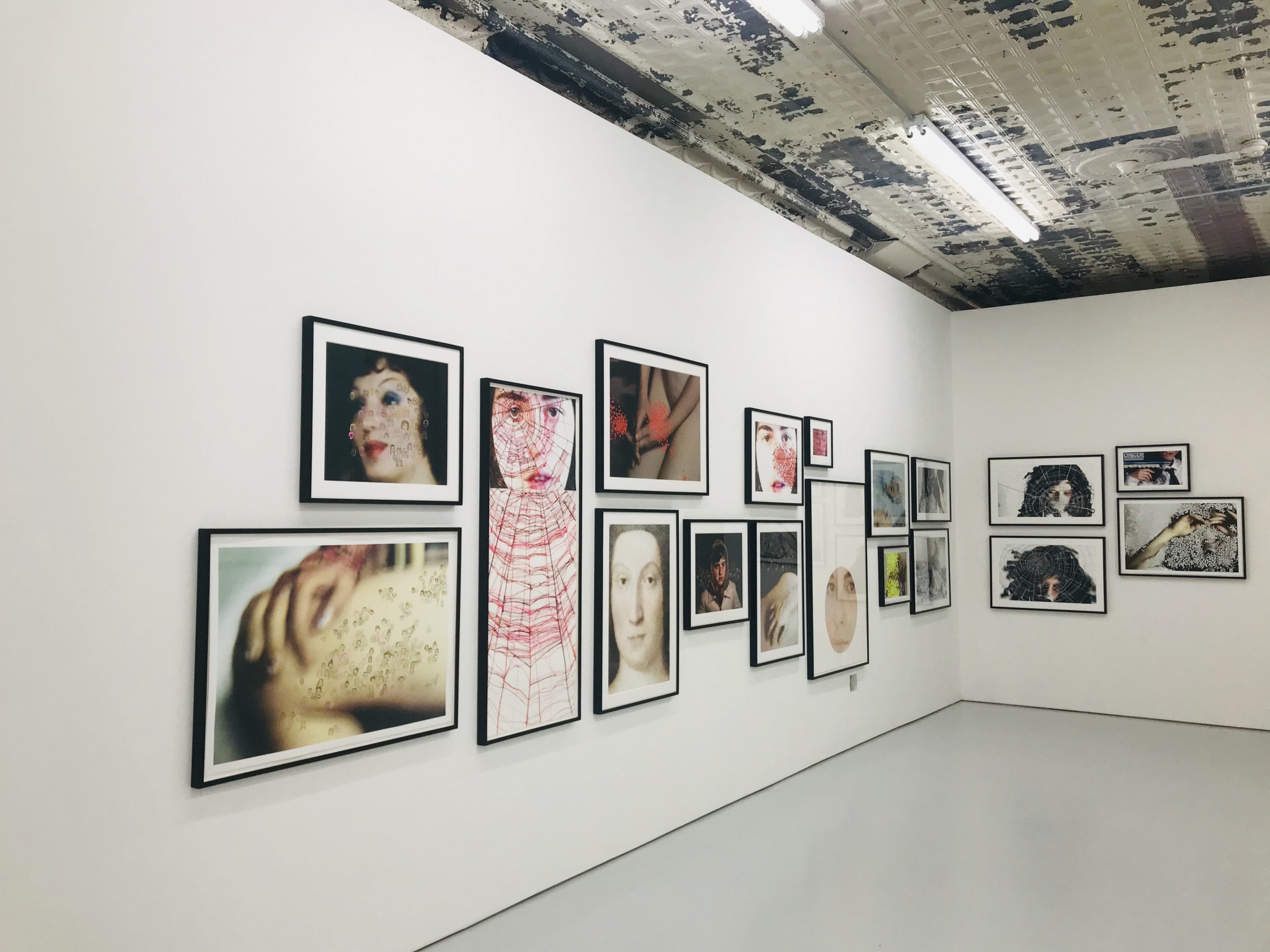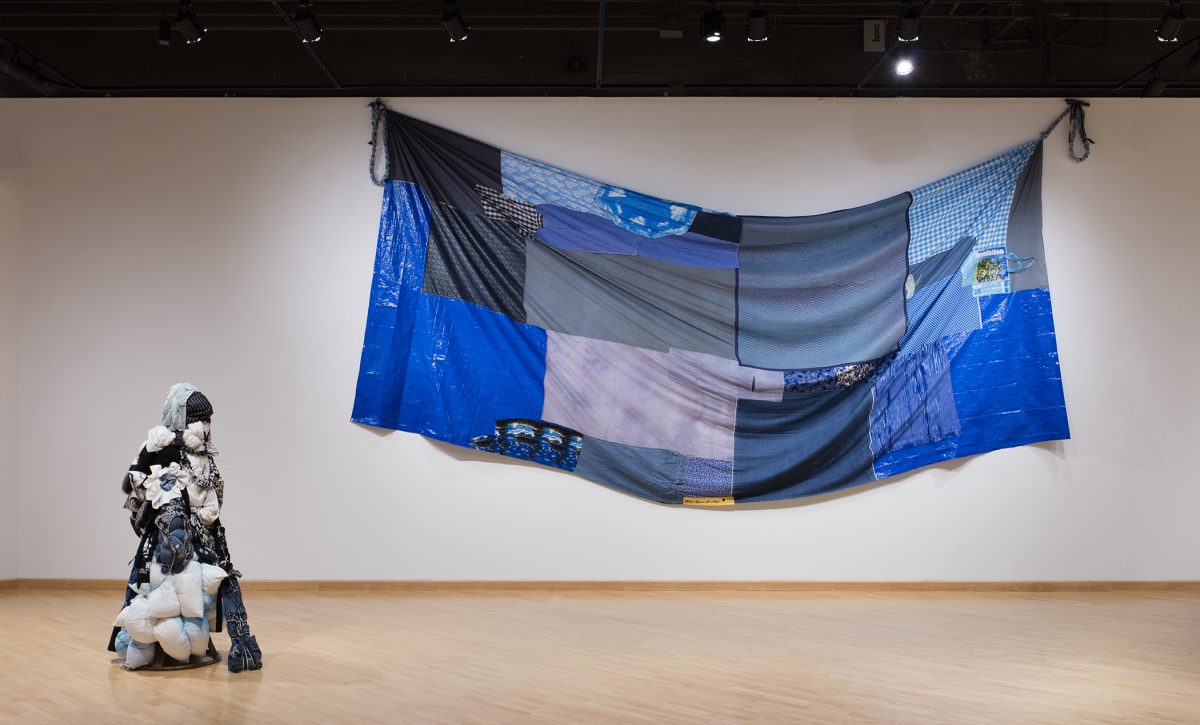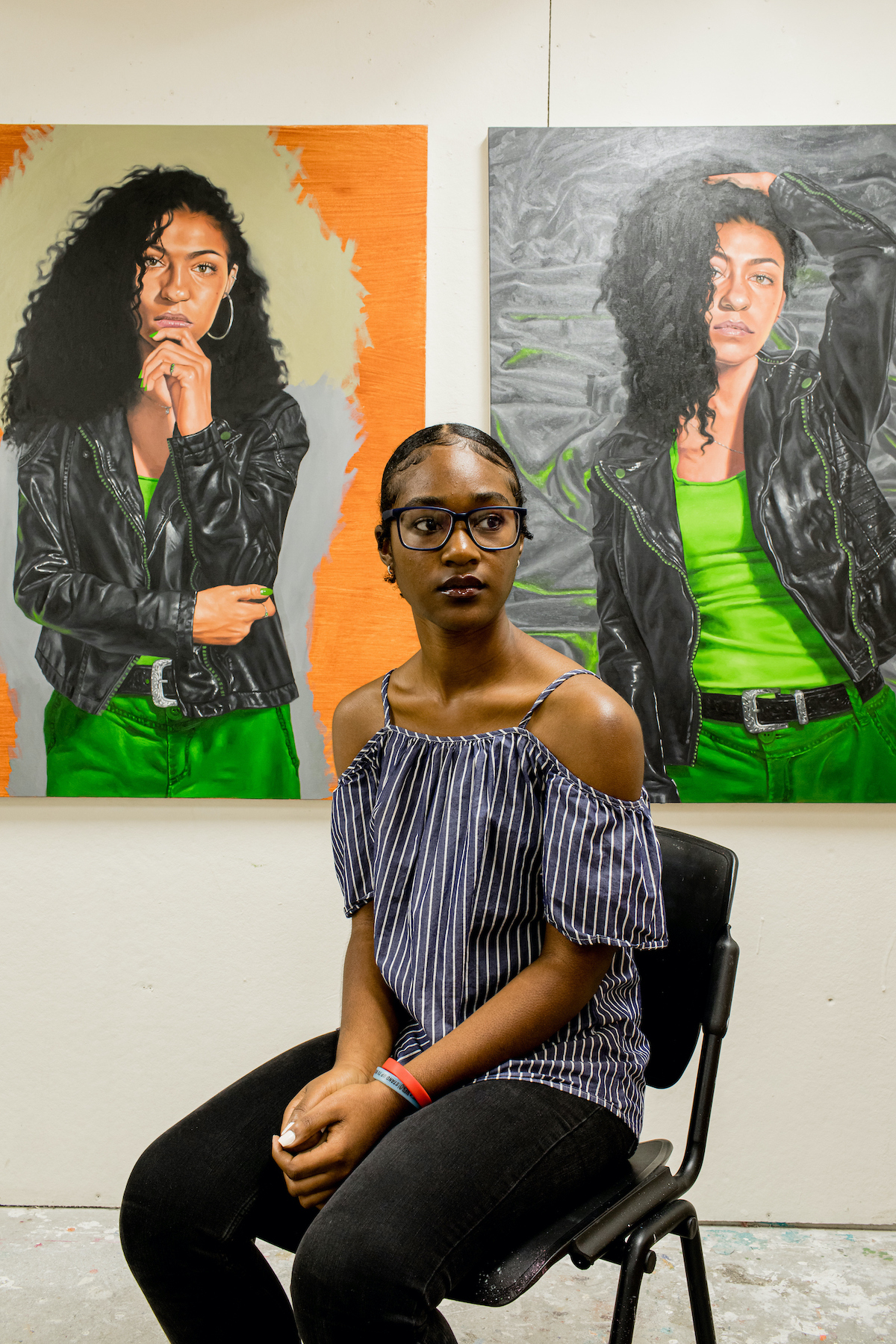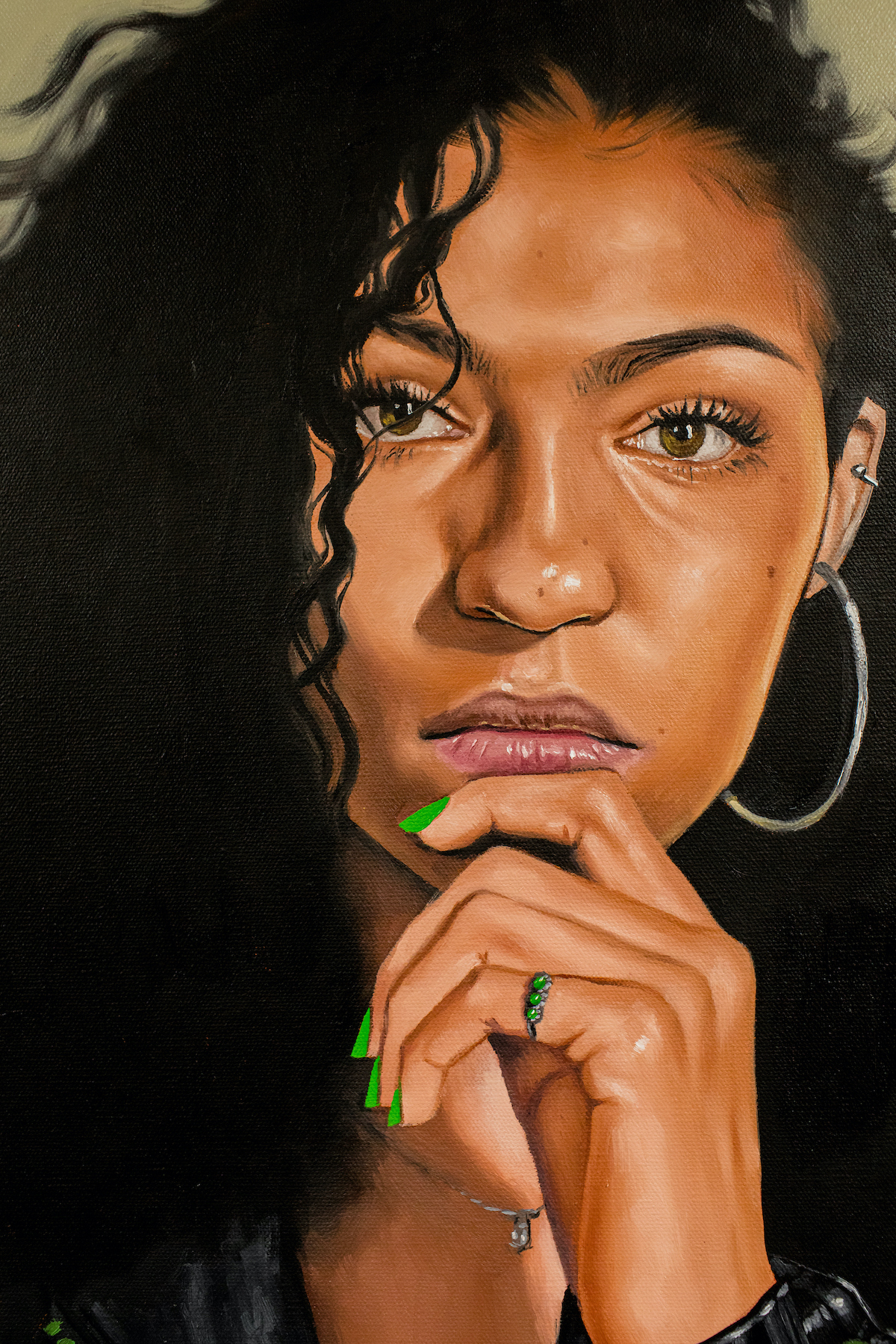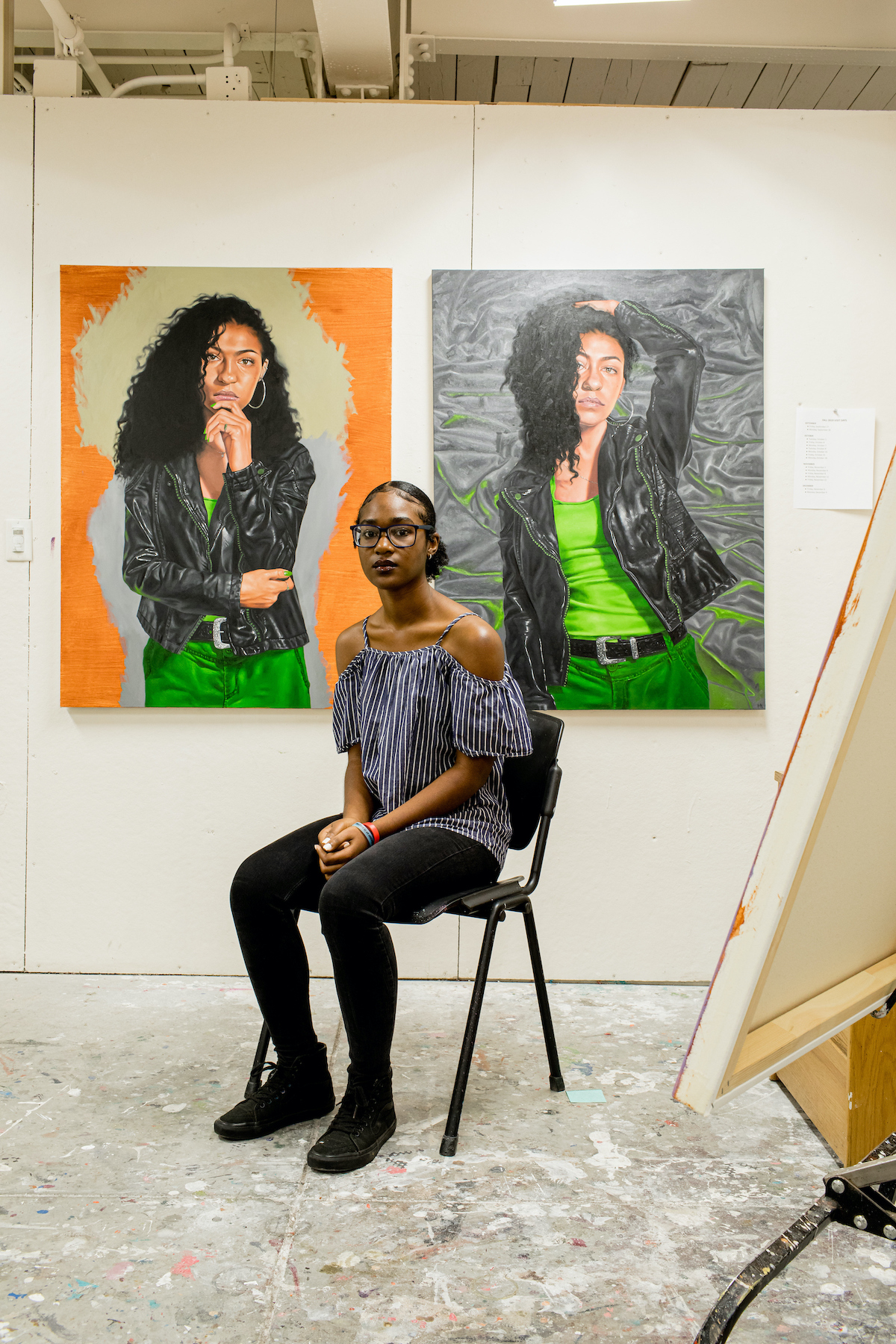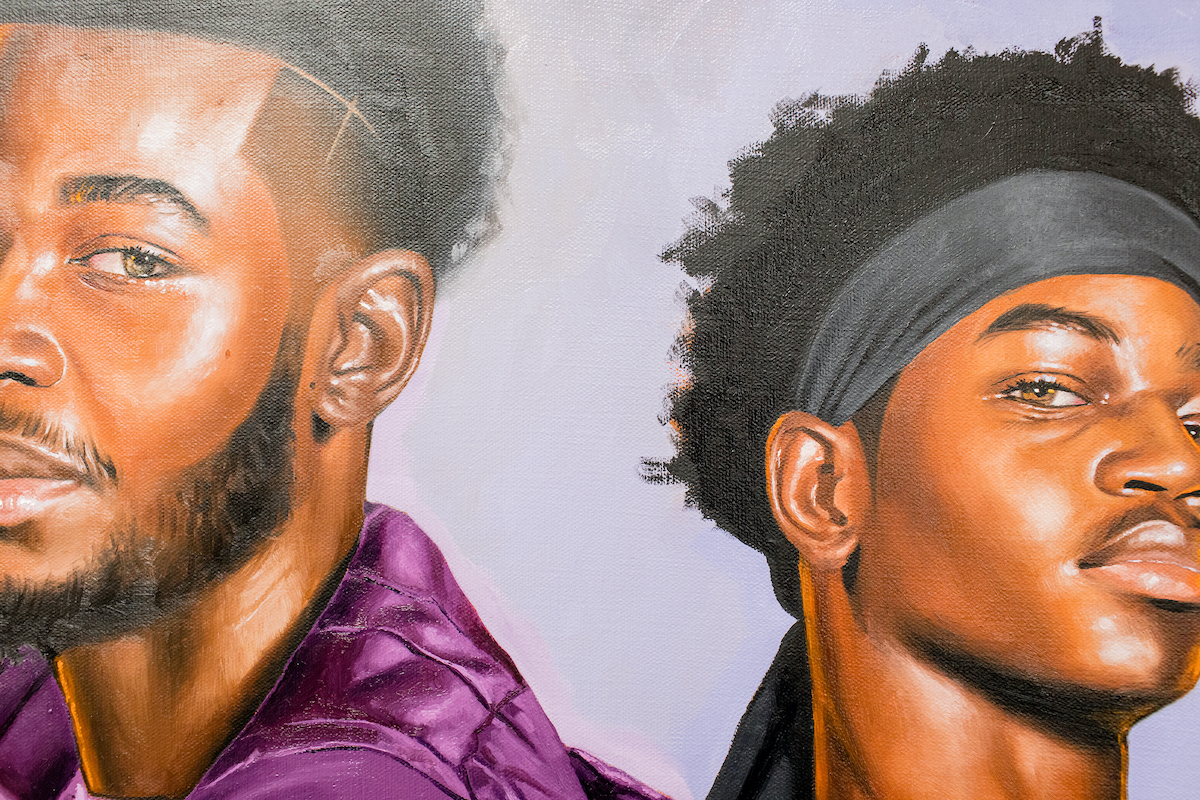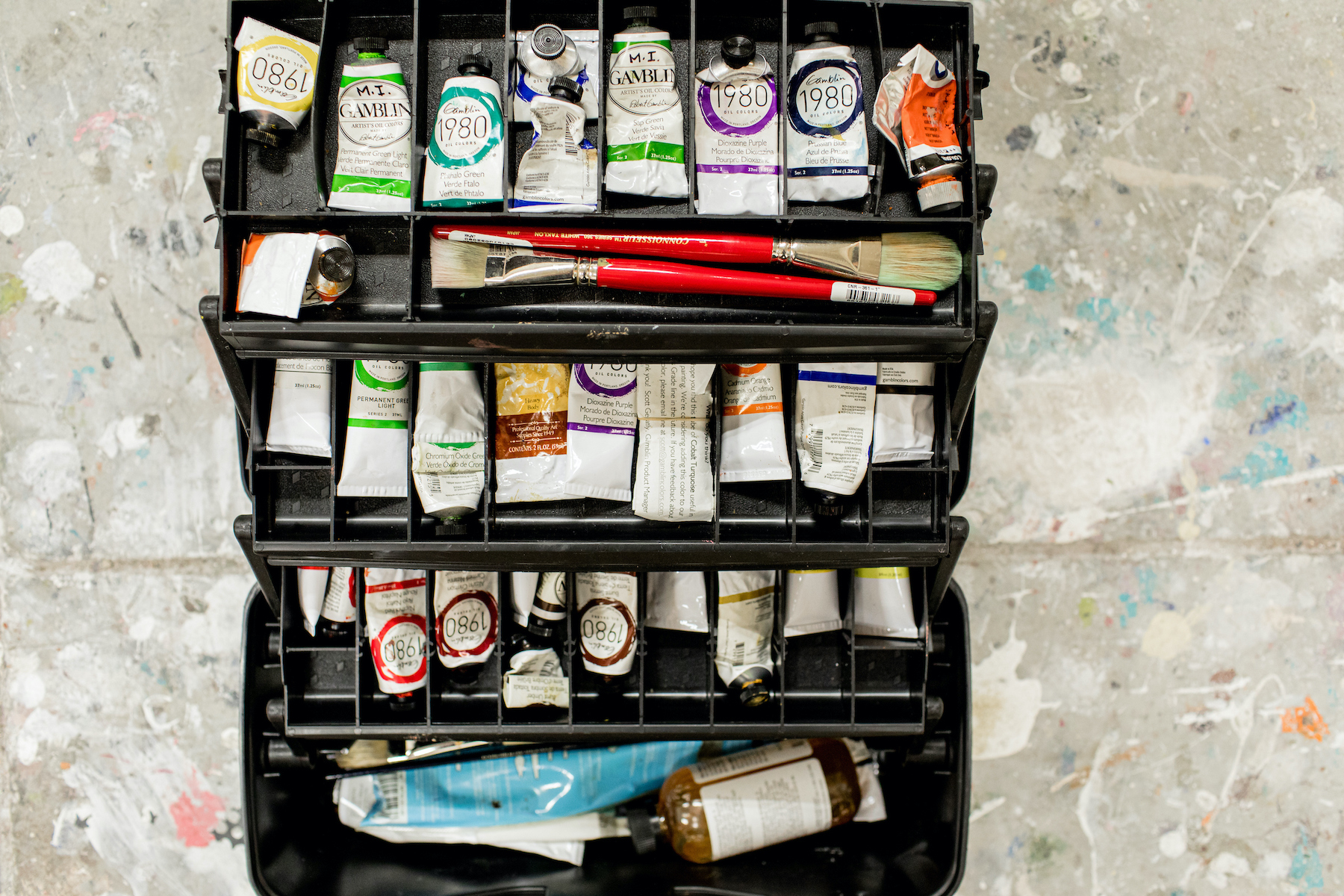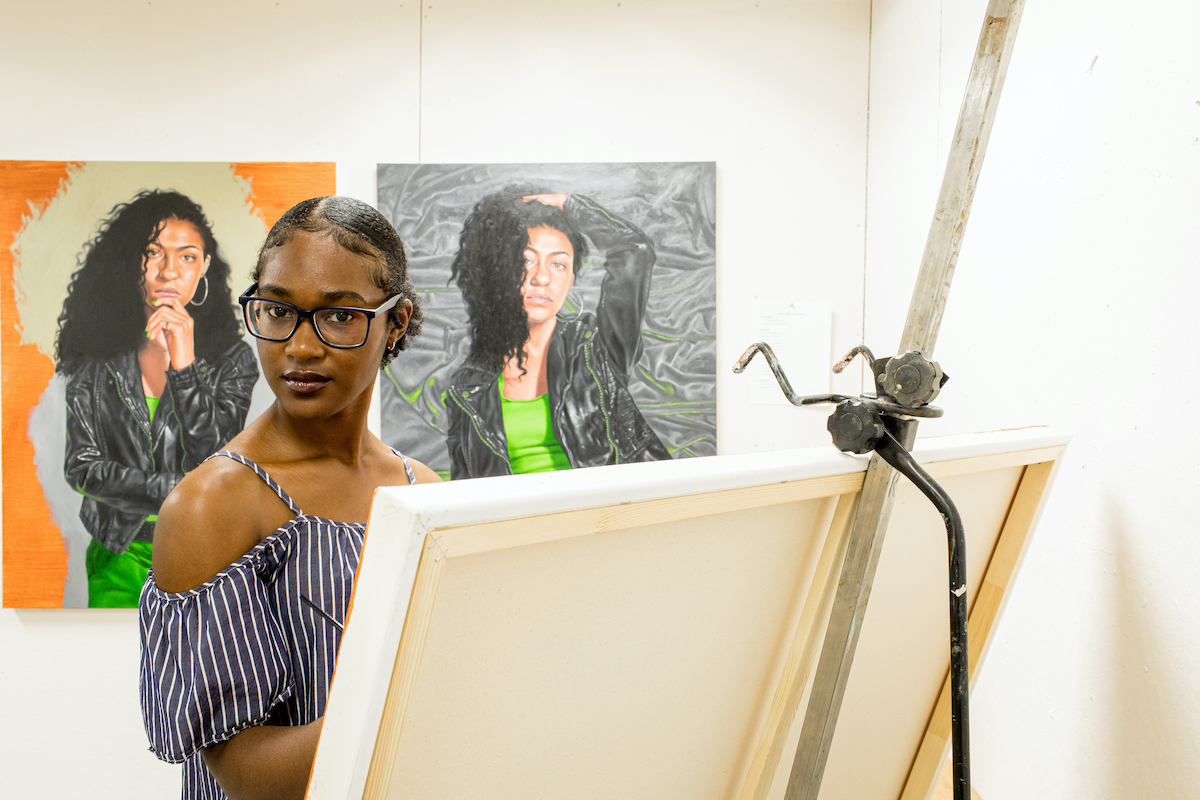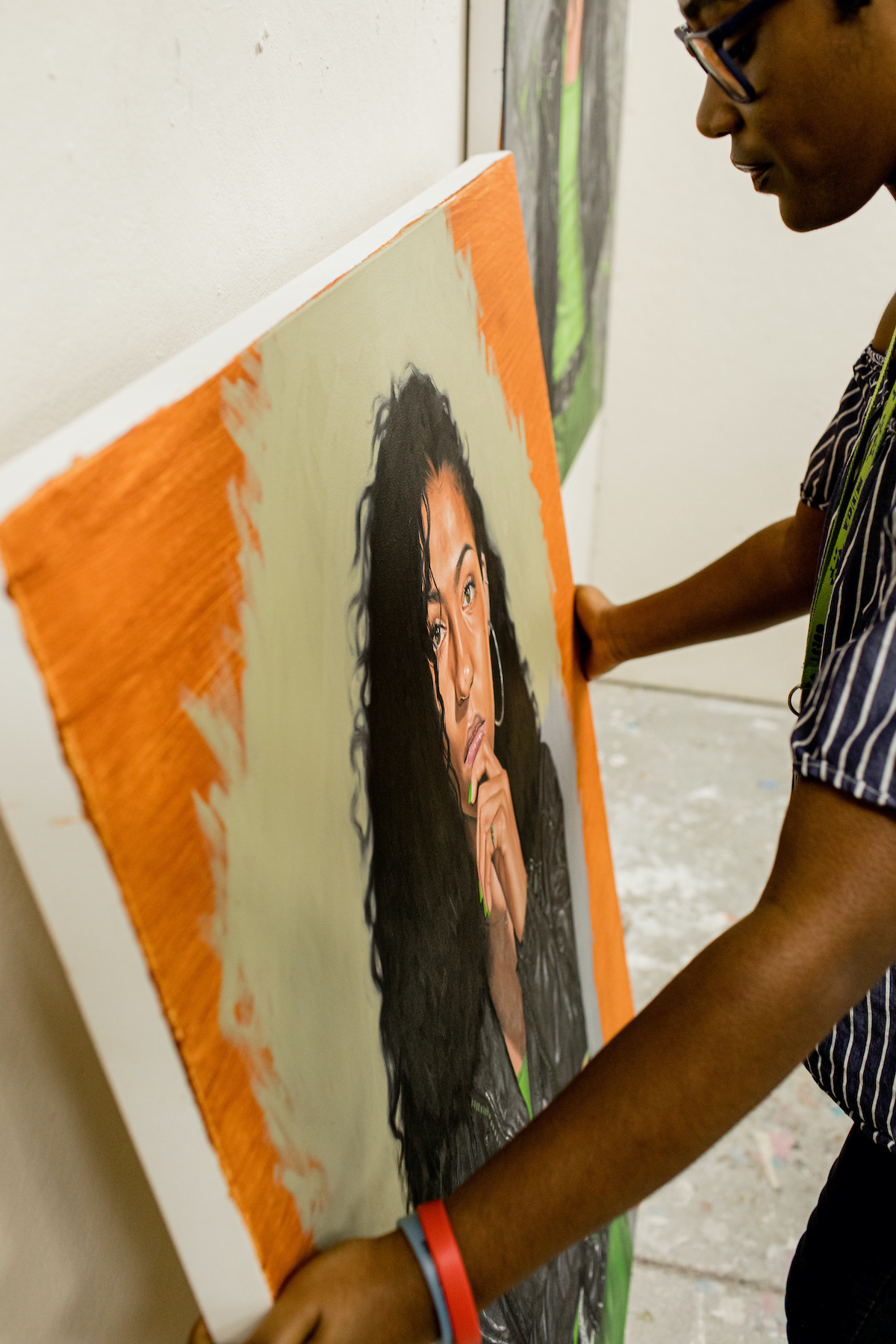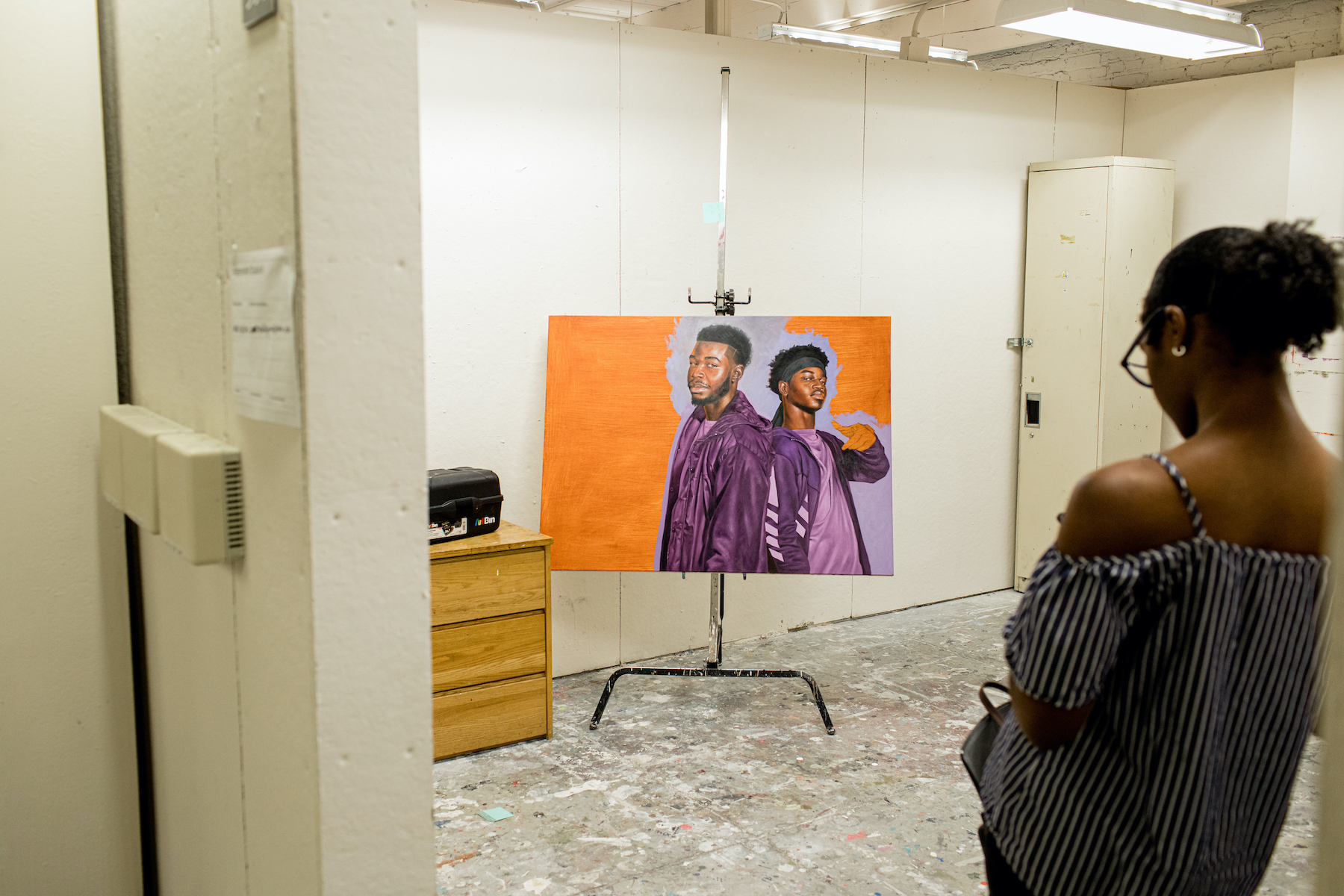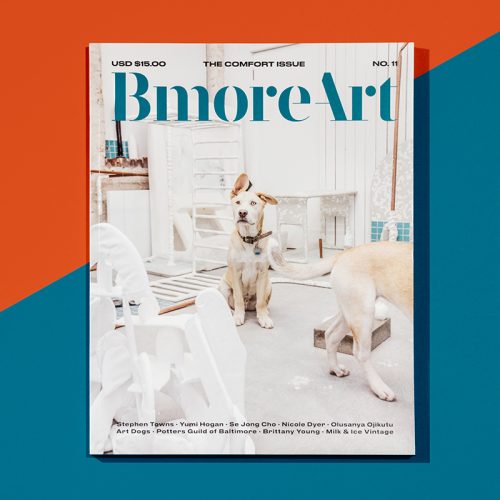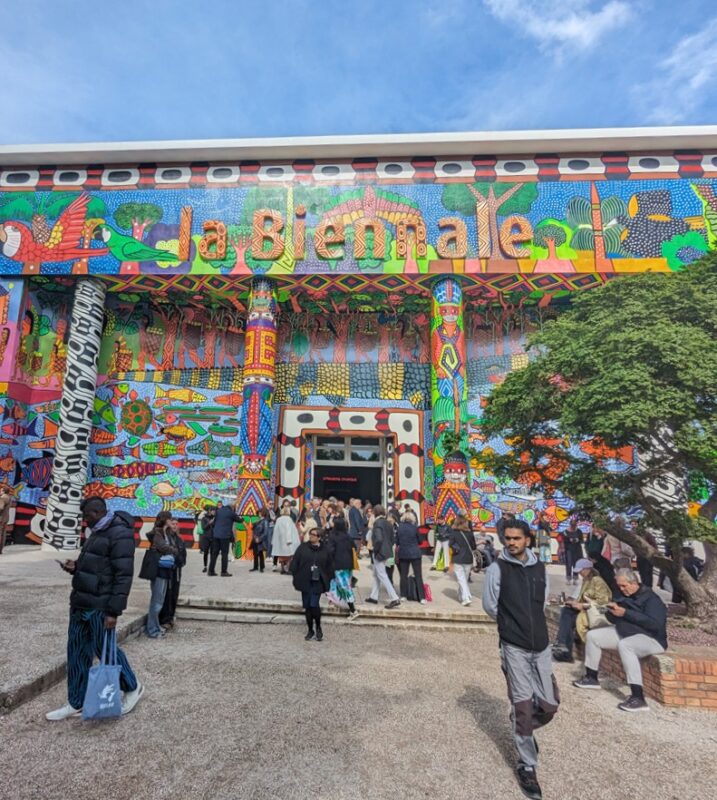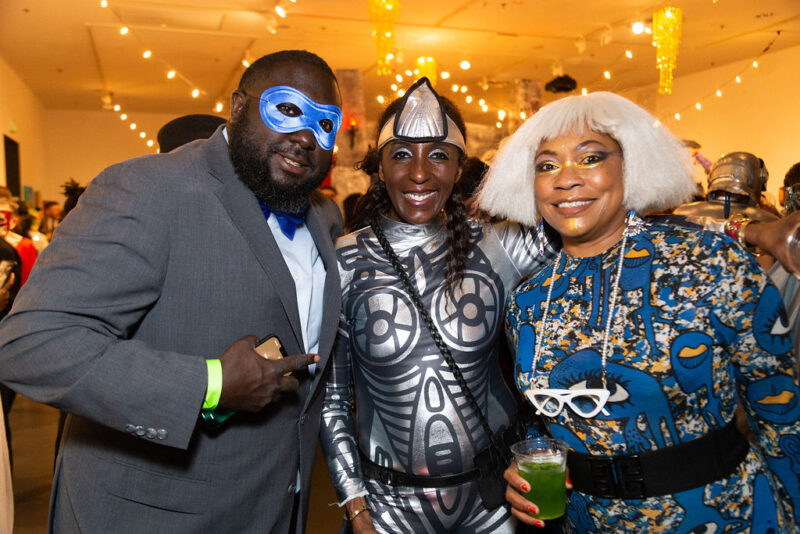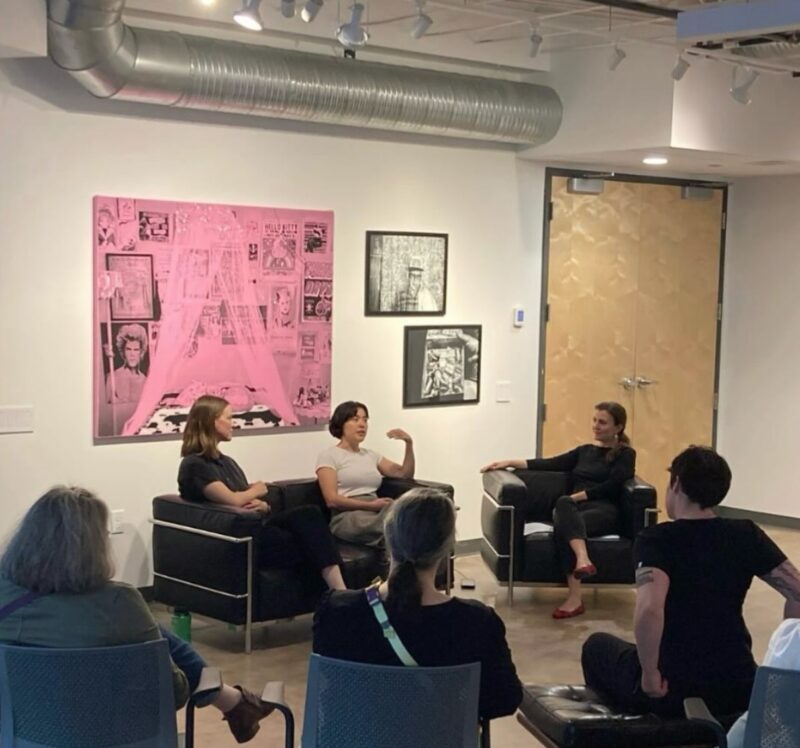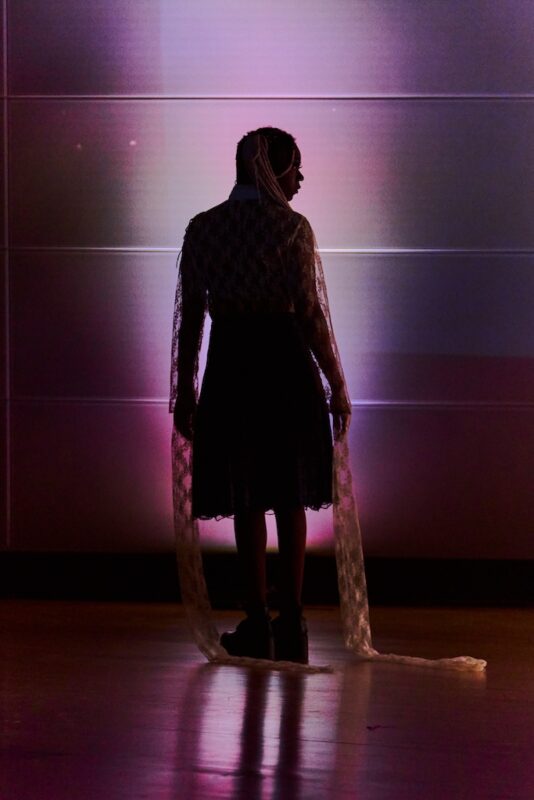Painter Monica Ikegwu originally wanted to be a pediatrician. Instead, when she was 17, her father convinced the Carver High School graduate to apply to MICA, where she is now a senior best known for her arrestingly lifelike portraits of her peers and, frequently, her five siblings. Earlier in 2019, she sold out a solo show at the Los Angeles gallery Band of Vices and in 2020 she will have a show in Baltimore’s City Hall galleries, so it’s safe to say 21-year-old Ikegwu’s career is on the fast track.
In person, Ikegwu is reserved and allows the other person in conversation to draw her out. She found her passion for figure painting in high school and enjoys painting portraits, which she calls “the most interesting part” of the human body. Ikegwu says that she spoke very little before she was 14 and began painting portraits as a way to start having short conversations with people. Last semester at MICA, she focused on studying fabric textures, highlighting jackets, which she feels show some aspect of her subject’s personality or style.
“When I paint people I want to capture the person for who they are, their essence,” she says. “I think people can be represented in clothing.” For this reason, she allows her young subjects to wear their own clothing and pose however they are comfortable. She lights the setup and takes photographs and then paints from the images in her attic studio at home or in her studio at school, one day a week. Ikegwu has also been playing with color, using monochromatic palettes to highlight the contrast between her subjects and their backgrounds.
In her portraits, Ikegwu’s goal is to take “ordinary people and make them [into] art in the ordinary clothes that they’re wearing. [The subjects themselves are] nothing special, but then it becomes art.” She is interested in that perceived elevation in status. With her technical skills, it seems Ikegwu could paint anything she wants, but she is interested in painting people because when “you’re painting a person, you feel like you know them but you don’t really know them, you just painted their picture.” At shows, people have come up to her and said that her paintings of her brother look like someone else they know. This excites Ikegwu, who says, “I don’t think you would’ve seen my brother before, but now you can see him.” She’s made him visible.
In our interview, I caught up with Ikegwu about her career so far, doing her sisters’ hair, and the contemporary figure painters who inspire her.
